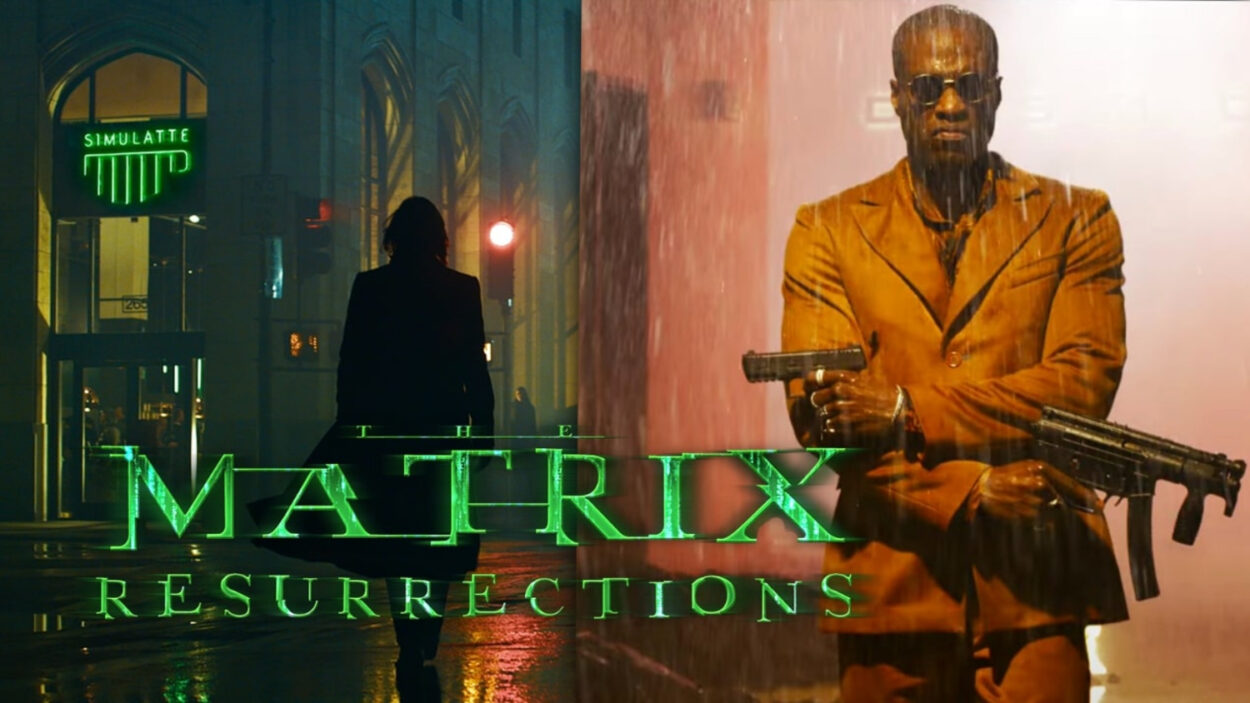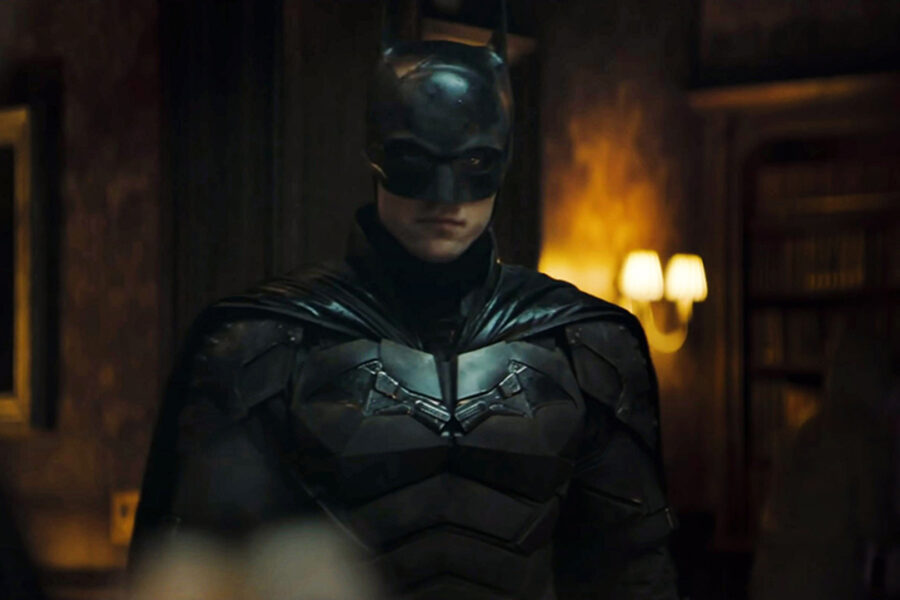A fantastic setup to a tepid sequel
Story: Return to a world of two realities: one, everyday life; the other, what lies behind it. To find out if his reality is a construct, to truly know himself, Mr. Anderson will have to choose to follow the white rabbit once more.
Review: The Matrix Resurrections is, to its credit, a fairly weird film — but one that’s often more concerned with being self-aware than being good or enjoyable. Directed by Lana Wachowski instead of the typical Wachowski-sister duo, Resurrections starts with an intriguing bit of metatextual loopiness before devolving into a tepid sequel. It’s a gratingly uncool and reactive cut-up of an effortlessly cool and timeless work, albeit seemingly deliberately so. It seeks to dissect the adulation and mythos that have grown up around The Matrix over 22 years but without the masterful craftwork that inspired that adulation in the first place. And worst of all, the kung fu isn’t very good.
Resurrections is a direct sequel to 2003’s The Matrix Revolutions, continuing the story of Neo, Trinity, and a few other well-known characters from the Matrix trilogy. (If you don’t know who these people are or you haven’t thought about them much since then, I would strongly recommend brushing up.) But in spirit, it’s a sequel to the entire Matrix cultural phenomenon that began in 1999. And without getting into specifics, I don’t mean this in some abstract thematic way. Resurrections’ narrative is very directly responding to decades of people analyzing everything from The Matrix’s bullet time sequences to its transgender subtext.
It’s a promising premise for a new installment in the series, and the early execution is fantastic. Resurrections’ opening calls back to an iconic Matrix scene while stylishly introducing new characters and teasing a compellingly trippy plot, complete with a new palette that spices up the series’ classic monochrome with patches of slick color. It’s followed by an effectively cringeworthy sendup of a specific media industry that will remain nameless. It echoes Matrix contemporary The Thirteenth Floor — as well as its predecessor, the Rainer Fassbinder film World On A Wire — with a story about losing track of the line between reality and fantasy but freshly made for a world where that philosophical dilemma has permeated pop culture.
If you want to know as few plot points as possible about The Matrix Resurrections, you can skip this paragraph. But if a little context is helpful, the film begins with Neo (Keanu Reeves) and Trinity (Carrie Anne-Moss) having been reinserted into a version of the Matrix simulation. The pair don’t know each other and have no memory of their earlier selves, and the former has achieved lonely fame inside the simulation while the latter has a family and a quiet life.KEANU REEVES’ RUBBER DUCK IS JUST AS GOOD IN CONTEXT
Reeves is a lot of fun to watch in the film’s first act, where he’s playing a world-weary man who’s sick of being lauded as a visionary for creating something he now finds fundamentally silly even as it nearly ruined his life. (A shot of him lying in a bathtub with a rubber duck on his head is as good in context as it was in the film’s trailer.) Moss gets to try out a less austere and more human version of Trinity, and her story touches on interesting questions about what attachment means inside a virtual world. The original Matrix was about a young, alienated loner, but Resurrections takes more seriously the idea that you could find meaning with other people in an activity that remains essentially fake.
From the beginning, though, the writing often feels disposable. Where The Matrix yearned to talk about big ideas like free will and the nature of reality, Resurrections is a series of burns on techbros, obsessive fans, the media industry, people who think quoting movies makes them cool, and other lesser contemporary villains.







Leave a Comment